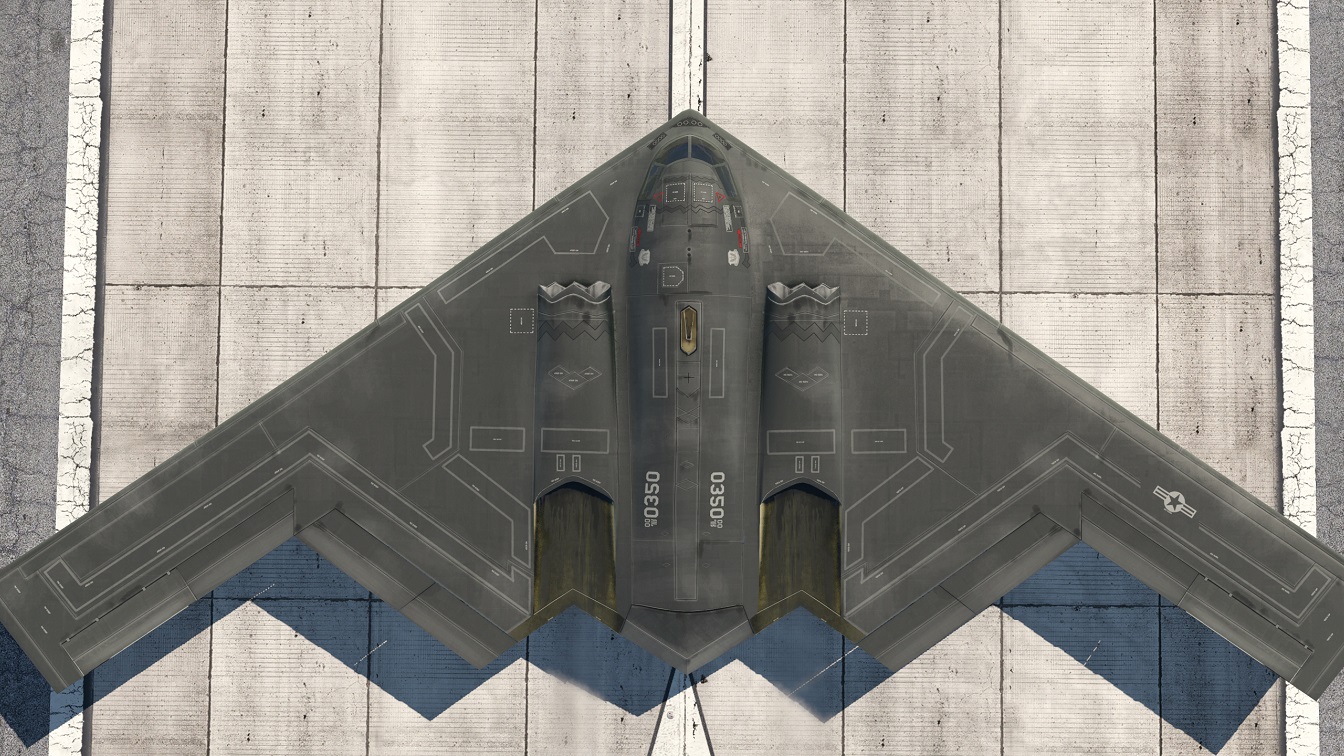The B-21 Raider Could be the First Step to Rebuilding the United States Air Force: Though the United States Air Force is the largest aviation service in the world, with nearly one and a half times the number of aircraft of Russia and almost two and a half times that of China, it was still ranked as “very weak” by the Heritage Foundation’s 2023 Index of U.S. Military Strength.
At issue were a number of factors, including an ongoing pilot shortage, low flying hours, and aging aircraft.
The report, which rated the U.S. military in general as weak, warned that America’s key adversaries—China, Russia, Iran, and North Korea—are advancing their military capabilities and intimidating U.S. partners.
The Air Force rating was also a downgrade from an assessment of “weak” in the 2022 Index.
The conservative think tank further stated that it would be difficult for the Air Force to respond rapidly to a crisis and dominate airspace without increased pilot training and a greater number of fifth-generation weapon systems.
What is notable about this recent report is that in the inaugural 2015 index, the Air Force was the only service given a rating of “strong,” buoyed by positive marks in capacity and readiness.
Rebuilding the Air Force – Enter the B-21
The Air Force will have a long way to go to rectify all of the issues it faces, but the road to its recovery may have officially begun last Friday at Northrop Grumman’s Palmdale, California, facilities.
“The unveiling of the B-21 Raider stealth bomber heralds the arrival of the next generation of U.S. aerospace platforms, and lays down the gauntlet to those seeking to challenge American airpower such as Russia and China,” said Harry Boneham, aerospace analyst at international analytics firm GlobalData.
“It is expected that the B-21 will enter service in the mid-2020s, and will be followed by the US Air Force’s NGAD and US Navy’s F/A-XX sixth-generation aircraft in the mid-to-late 2030s. When they enter service in the not-too-distant future, they will be a daunting prospect to near-peer adversaries,” Boneham said via an email to 19FortyFive.
The B-21 is expected to replace both the B-2 Spirit and B-1B Lancer, forming the backbone of the US Air Force strategic bomber force alongside the B-52 Stratofortress bombers that are expected to remain in service until the 2040s or later.
“With at least 100 platforms to be procured, far exceeding the twenty B-2s in inventory, the Air Force is investing heavily in the B-21’s capability,” Boneham noted.
“It could be argued that this is because the Air Force envisages that, in future conflicts, the B-21 will play a different role—or at least supplementary roles—to the B-2 Spirit.”
Moreover, the B-21 will not only serve as a strategic deterrent.
In hypothetical conflicts against adversaries such as China, long-range, stealthy precision strikes against critical sites such as anti-ship missile targets will be a pivotal capability.
However, the United States Air Force is not alone in developing a new long-range strategic bomber, and rival programs are also progressing.
“In China, a concept aircraft for a sixth-generation fighter for the PLAAF was unveiled at Zhuhai Air Show in 2022. This development program is believed to be credibly advancing and could deliver a platform to service in the mid-2030s,” Boneham continued.
“This underscores the importance of U.S. progress in the rapid development and delivery of next-gen platforms such as the B-21. It is essential that the U.S. gains these capabilities prior to near-peer adversaries such as China or Russia in order to have a deterrent effect.”
A Senior Editor for 19FortyFive, Peter Suciu is a Michigan-based writer. He has contributed to more than four dozen magazines, newspapers, and websites with over 3,000 published pieces over a twenty-year career in journalism. He regularly writes about military hardware, firearms history, cybersecurity, and international affairs. Peter is also a Contributing Writer for Forbes and Clearance Jobs. You can follow him on Twitter: @PeterSuciu.

